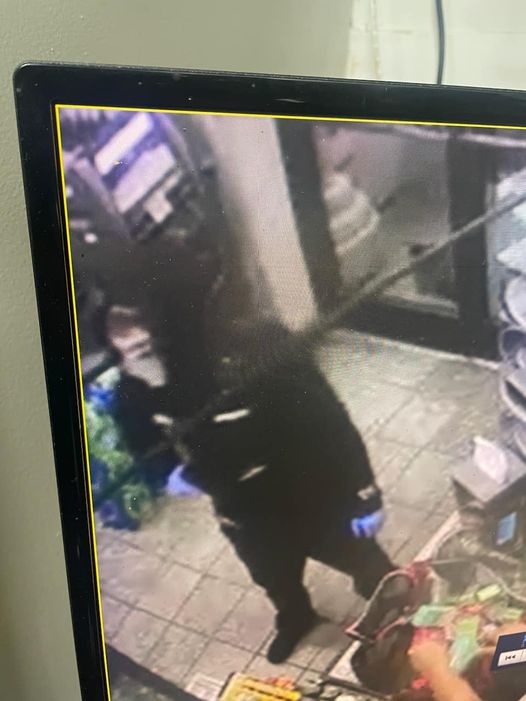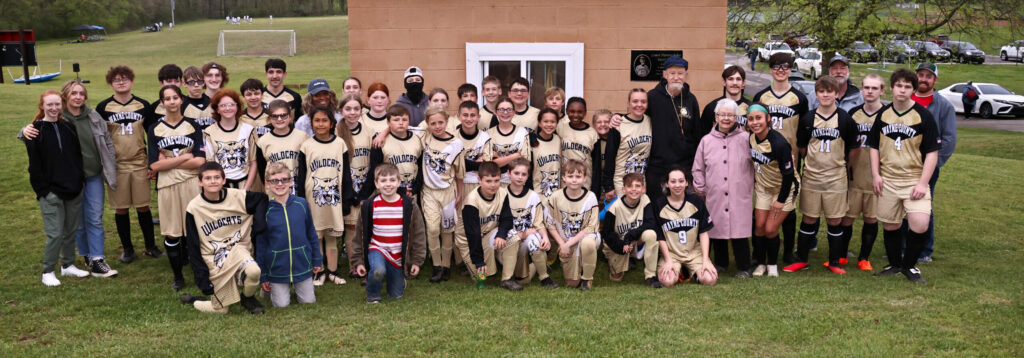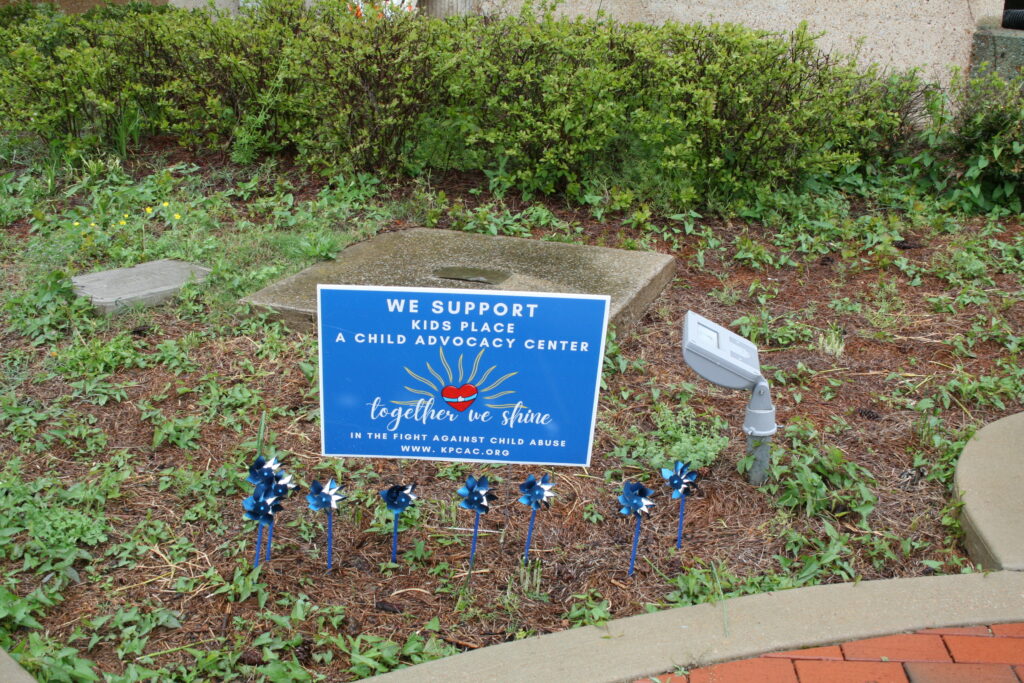Eighty-seven years ago, on April 5, 1936, a devastating tornado touched down and took a path nearly identical to the one that heavily damaged the Clifton/Beech Creek area on March 31. Many locals can recount the stories of ancestors who perished in the tornado, or “cyclone,” as it was most commonly called back then.
There weren’t televisions with weathermen on every station back then, so there was no way to receive prior warning for cyclones or any other weather event. However, even with the televisions, radios, and internet we have nowadays, forewarning can’t stop a tornado – it can only give us the precious time we need to go somewhere safe.
Even with all the devastation caused to property in the recent Beech Creek tornado, we were fortunate that no one in our area was killed. Just looking at all the damage makes one even more thankful that all those inside those demolished homes survived.
A blogger called “Stormstalker” at www.wordpress.com made a post regarding the 1936 tornado that is very interesting. It recounts the stories handed down by generations about what happened during and after the tornado, and how it affected the lives of the survivors. Note that the author sometimes refers to the Beech Creek community as Smith Branch, which it was called by many during that area and reflects the name of the creek there. Following is part of the post:
All things considered, it had been a picturesque Sunday afternoon in the hills of South Central Tennessee. In the tiny community of Smith Branch, nestled into a narrow hollow six miles northwest of Waynesboro, 21-year-old Pauline Pulley spent the afternoon enjoying the weather with her extended family. Since they owned one of the few record players in the area, Pauline, her husband Roy, and her parents, Willy and Sally Mae Pulley, often hosted family and neighbors in their large three-bedroom home.
As the sun dipped toward the horizon, Pauline’s uncle, Leonard Pulley, left for his home a short distance away. Pauline followed after him. “…and as he was wading Smith Branch [creek] to go home, I followed him out to throw rocks into the branch, splashing him with water. He pointed his finger at me and said, ‘Alright, little girl, I’ll get you tomorrow!’”
But for Leonard, as for so many others on April 5, tomorrow would never come. As sunset approached, the sooty thunderheads of a towering supercell mushroomed into the skies over central McNairy County, Tennessee. Sparked by the advancing warm front, the growing cell hoovered up masses of tropical air, spitting out torrents of rain and baseball-sized hail. Powerful winds tore through the countryside, knocking over flimsy structures and wrecking the chimney of the McNairy County Courthouse in Selmer.
At around 7:20 pm, a narrow funnel emerged from the storm and touched down a few miles west of Adamsville. Swiftly strengthening as it crossed into Hardin County, the tornado barreled through the small community of Bethlehem.
After roughly paralleling the Tennessee River for about a dozen miles, the storm raced across the fertile farmlands near Indian Creek. As many as a dozen buildings on two large farms in the area were destroyed, causing several injuries. Continuing to the south and southeast of Clifton, the still-strengthening twister cut a swath a half-mile wide through the Eagle Creek valley. Six of the seven farmhouses in the area were completely leveled, seriously injuring at least three people. The heavily forested slopes of the valley were flattened, with large trees being “picked up, splintered, snapped in two as if matches, and hurled through the air.”
After climbing another ridge, the tornado descended on Beech Creek, producing utter devastation and claiming three lives. Mrs. Minnie Morris was killed when she was thrown a considerable distance from the wreckage of her home. Her young son was thrown into a creek but survived when he landed on top of a mattress. All but one home in the area was blown away, leaving behind nothing but “a twisted mass of wreckage,” according to E. L. Edwards, who led a Red Cross rescue party the following morning. The crew arrived at a ghastly scene, as little more than foundations were left to indicate where homes had been. According to Edwards, “We couldn’t even find the furniture, and the automobiles were blown away. A field of grass was cut just like a lawnmower had run over it.”
Just to the northeast, at Smith Branch, Pauline Pulley and her parents had just settled into their beds when heavy, wind-driven rain began lashing the windows. Within moments, a maelstrom of violent, twisting winds and shards of debris engulfed the entire hollow in which the Pulley home was located. The three-story house creaked and strained, protesting against the deafening winds. The door blew open, and as Sally Mae rose to shut it, the house disintegrated around her. The walls blew away and broke apart, followed quickly by heavy, rough-hewn boards wrenched from the floor. A cast-iron treadle sewing machine, propelled by the swirling storm, struck Sally Mae in the back of the head and crushed her skull.
Pauline, Roy, and their young children, Nellie and Wilburn, were blown against the hillside, where they saw the family’s Model A Ford sail over their heads and crash into the woods. It was found the following day, several hundred yards from its original location, wrapped around the gnarled stump of a tree. As the howling winds abated, several family members carried Sally Mae through the debris-strewn woods to her parents’ home, which lay just outside the storm’s path. With no medical aid and no way to treat her injuries, Sally Mae bled to death on her parents’ floor.
The destructive twister, however, was not yet finished with the Pulley family. A short distance away, Leonard Pulley and his sister, Sarah Lomax, chatted as they sat at the end of his bed. His wife, also named Sarah, sat at a bureau nearby so that she could look out the window. Before they could even react, the tornado struck a glancing blow on the home and blew it apart. Leonard and his sister were crushed to death when the chimney collapsed on top of them. His wife, despite being seated near the window, survived with relatively minor injuries.
Speeding along, the tornado destroyed acre after acre of timber as it carved a slithering path over the ridges and valleys of rural Wayne County. Crossing into Lewis County north of the Buffalo River, the twister damaged or destroyed a number of homes near the communities of Trace Creek and Rockhouse. Just south of Hohenwald, it unleashed a final act of violence upon a small colony of Swiss farmers. Eight of the little hamlet’s nine homes were destroyed. The roof of one home was torn away and hurled 400 yards. Another was blown completely off his foundation, carried 150 yards and “disintegrated.” The wreckage then ignited, leaving little but a pile of sooty ash behind. Fortunately, the family of five was at church when the storm struck and escaped injury. Several others in the community were hurt, but none seriously.
Finally, after damaging a few more homes near the town of Gordonsburg, the tornado weakened and roped out over the hills of northeastern Lewis County. In all, it had killed seven people and destroyed hundreds of structures across three counties and approximately 60 miles.
Stories from the March 31, 2023 tornado will most certainly be handed down for generations, as were stories of the 1936 twister. The way the wind sounded, the way the homes felt as they were coming apart – those are parts of the 2023 story that will sound very similar to 1936. By the grace of God, the difference in the stories is that no one was killed this time. We can only pray that future inevitable storms will spare us once again.




